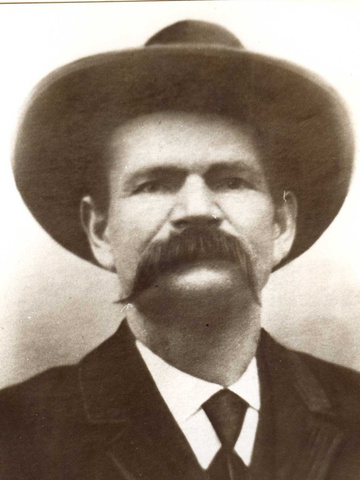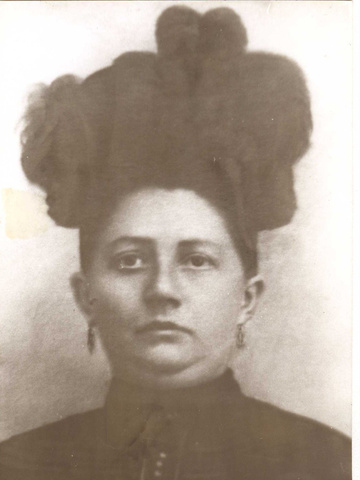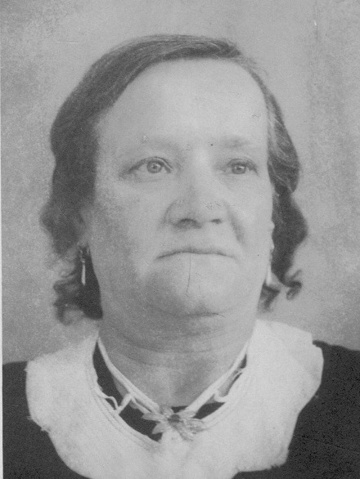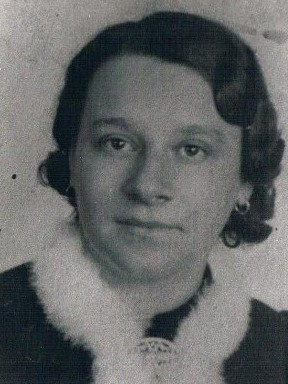Family tree Nettenbreijer » Johanna Maria Nettenbreijer (1916-1988)
Personal data Johanna Maria Nettenbreijer
- She was born on April 12, 1916 in Schiedam.
 Attention: Was younger than 16 years (0) when child (Clasina van Vliet) was born (December 31, 1889) .
Attention: Was younger than 16 years (0) when child (Clasina van Vliet) was born (December 31, 1889) . - She died May 1988 in Schiedam, she was 72 years old.
- A child of Antonius Henricus Nettenbreijer and Willemina Hoogstad
Household of Johanna Maria Nettenbreijer
She is married to Theodorus van Vliet.
They got married
Child(ren):
- Clasina van Vliet 1889-1954
Timeline Johanna Maria Nettenbreijer
This functionality is only available in Javascript supporting browsers.
Click on the names for more info.
Symbols used:  grandparents
grandparents
 parents
parents
 brothers/sisters
brothers/sisters
 children
children
 grandparents
grandparents
 parents
parents
 brothers/sisters
brothers/sisters
 children
children
Image(s) Johanna Maria Nettenbreijer
The data shown has no sources.
Matches in other publications
This person also appears in the publication:Historical events
Birthday April 12, 1916
- The temperature on April 12, 1916 was between 2.9 °C and 8.9 °C and averaged 5.9 °C. There was 16.6 mm of rain. The average windspeed was 4 Bft (moderate breeze) and was prevailing from the southwest. Source: KNMI
- Koningin Wilhelmina (Huis van Oranje-Nassau) was from 1890 till 1948 sovereign of the Netherlands (also known as Koninkrijk der Nederlanden)
- In The Netherlands , there was from August 29, 1913 to September 9, 1918 the cabinet Cort van der Linden, with Mr. P.W.A. Cort van der Linden (liberaal) as prime minister.
- In the year 1916: Source: Wikipedia
- The Netherlands had about 6.4 million citizens.
- April 24 » Easter Rising: Irish rebels, led by Patrick Pearse and James Connolly, launch an uprising in Dublin against British rule and proclaim an Irish Republic.
- June 30 » World War I: In "the day Sussex died", elements of the Royal Sussex Regiment take heavy casualties in the Battle of the Boar's Head at Richebourg-l'Avoué in France.
- August 2 » World War I: Austrian sabotage causes the sinking of the Italian battleship Leonardo da Vinci in Taranto.
- September 7 » US federal employees win the right to Workers' compensation by Federal Employers Liability Act (39 Stat. 742; 5 U.S.C. 751)
- November 13 » World War I: Prime Minister of Australia Billy Hughes is expelled from the Labor Party over his support for conscription.
- December 18 » World War I: The Battle of Verdun ends when German forces under Chief of staff Erich von Falkenhayn are defeated by the French, and suffer 337,000 casualties.
Same birth/death day
- 1916 » Benjamin Libet, American neuropsychologist and academic († 2007)
- 1916 » Beverly Cleary, American author
- 1916 » Russell Garcia, American-New Zealander composer and conductor († 2011)
- 1917 » Helen Forrest, American singer and actress († 1999)
- 1917 » Robert Manzon, French racing driver († 2015)
- 1917 » Vinoo Mankad, Indian cricketer († 1978)
About the surname Nettenbreijer
- View the information that Genealogie Online has about the surname Nettenbreijer.
- Check the information Open Archives has about Nettenbreijer.
- Check the Wie (onder)zoekt wie? register to see who is (re)searching Nettenbreijer.
The Family tree Nettenbreijer publication was prepared by Maria Johanna Nettenbreijer.
When copying data from this family tree, please include a reference to the origin:
Maria Johanna Nettenbreijer, "Family tree Nettenbreijer", database, Genealogy Online (https://www.genealogieonline.nl/stamboom-nettenbreijer/I30.php : accessed May 13, 2025), "Johanna Maria Nettenbreijer (1916-1988)".
Maria Johanna Nettenbreijer, "Family tree Nettenbreijer", database, Genealogy Online (https://www.genealogieonline.nl/stamboom-nettenbreijer/I30.php : accessed May 13, 2025), "Johanna Maria Nettenbreijer (1916-1988)".







